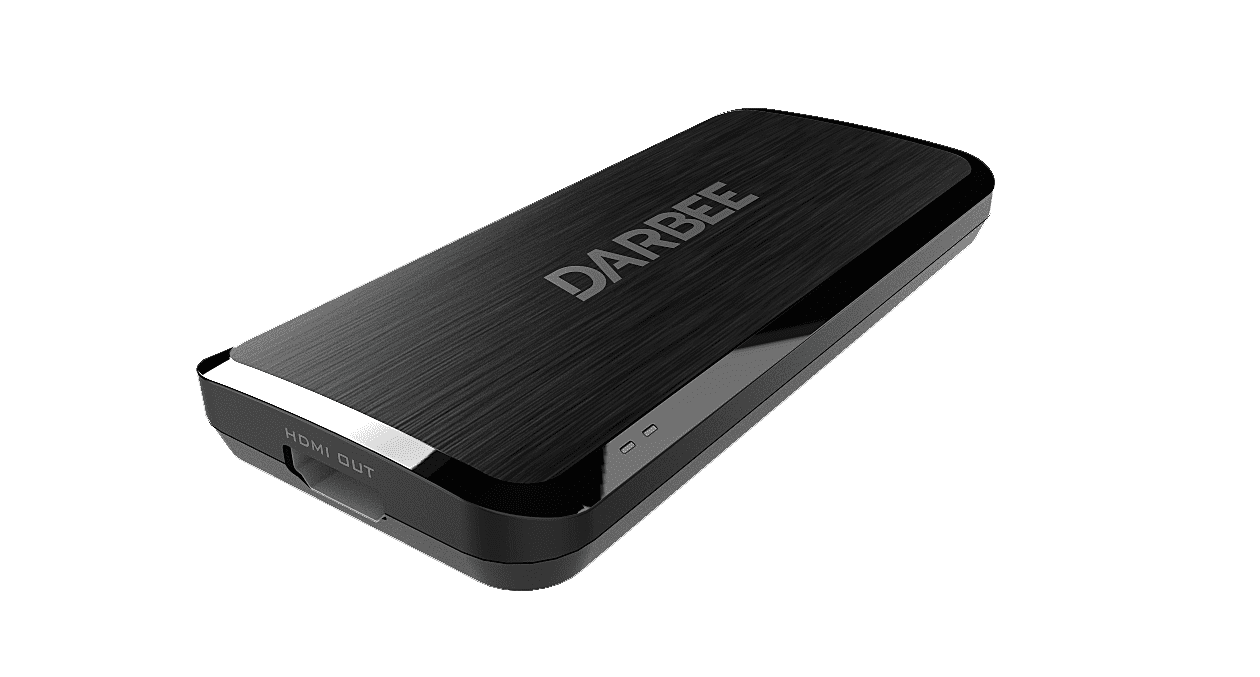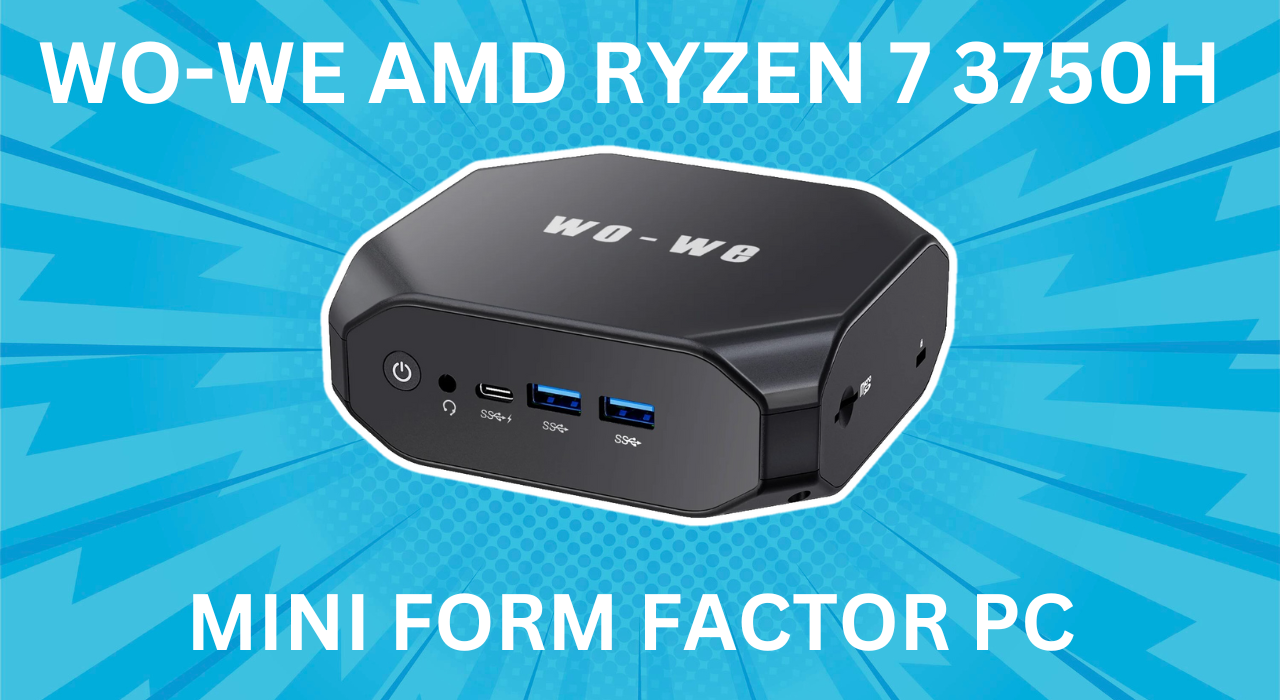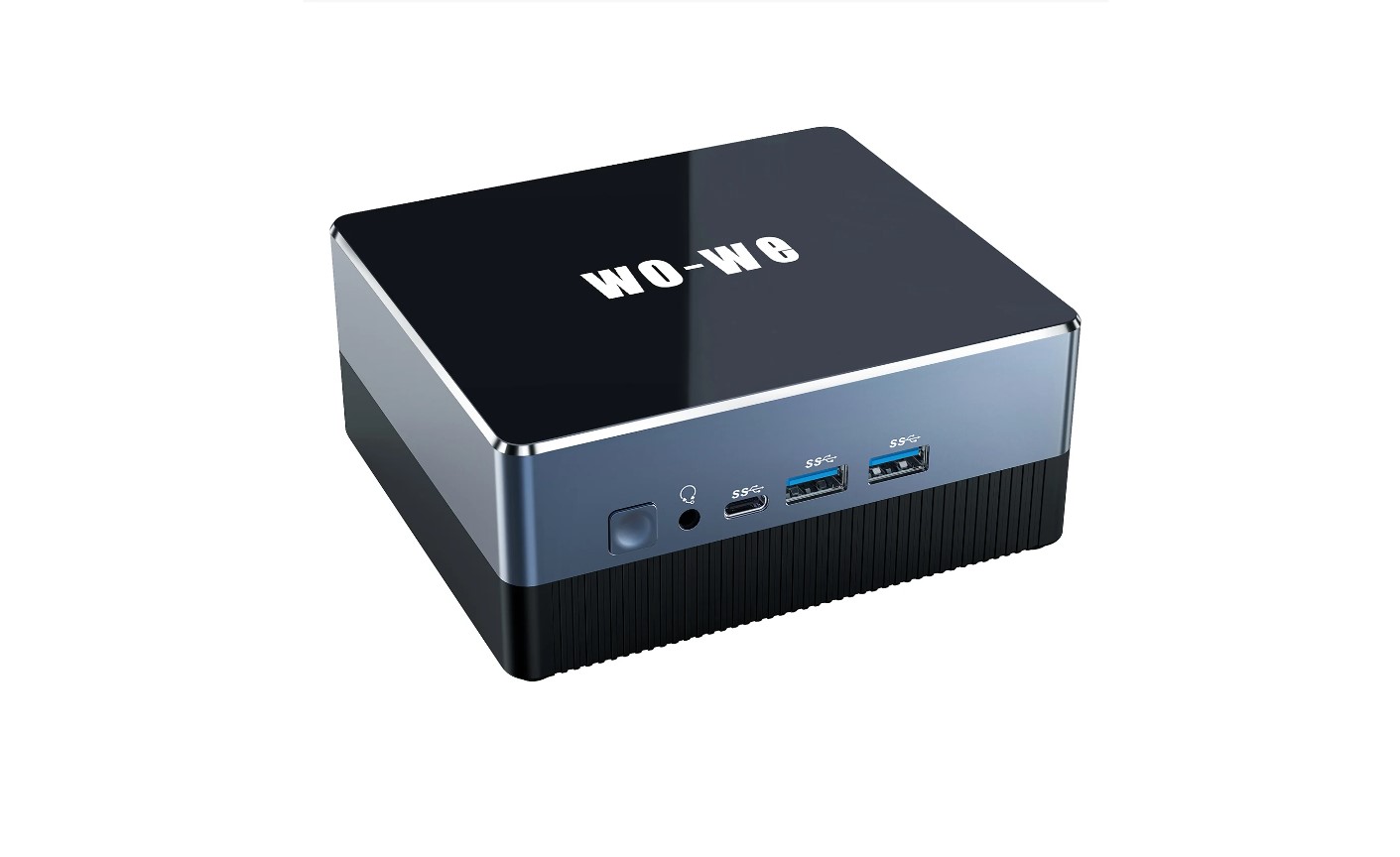Just before the start of the year, Darbee sent us over their DVP-5000S HDMI video processor to check out. This little device makes some pretty huge claims, claims that on paper I just couldn’t see happening in a real-world setting. The pocket-sized DVP-5000S says it adds depth and clarity to your current video watching experience by “cooking” the video that passes through it before it reaches the television. The company says it takes your stock viewing experience and bumps it up to levels you didn’t think possible, and they are absolutely right.
From the moment you turn on the DVP-5000S, you will be hard-pressed to ever live your life without it. This is as close to the term “game changer” as a consumer product can get. Using Darbee Visual Presence technology, the algorithm running in the DVP-5000S adds depth to whatever is passing through it on the fly. You get some impressive visuals, even on cheaper monitors, and while this device won’t turn your HD television into a 4K one, it comes pretty close in many respects.
I don’t know the details on how all this works on a technical level, but I can trust my eyes enough to know that I’m never going back to life before the DVP-5000S. By adding depth to video passing through the video processor, you get to see details in movies and games that you never noticed before. Your eyes get so accustomed to the image that when you turn off the device, you’ll think your television is busted. The best way to describe the DVP-5000S is with a single word; clarity. Whatever content you throw at it seems to get a new lease on life.
But it’s not as simple as plugging it in and watching something. There is some work and fiddling to be had when you use the DVP-5000S. It comes with three modes featuring High Def, Gaming, and Full Pop. Each of these are tailored to various forms of media, so getting used to each is important, as some work better than others depending on what you are watching. The High Def will probably be your go-to, but the other two offer some interesting options.
With each of the options you have the ability you increase or decrease the amount of processing that the DVP-5000S uses. Chances are that 100% is going to be too much for most people, and I usually felt that 70% was the sweet spot of the device for me. This will, of course, depends on your preference and how good your eyes are. But the main thing to remember about the DVP-5000S is the sort of content you are watching.
Since the algorithm uses 3D to add the depth, anything in 2D isn’t going to get much of a boost. Likewise, no matter how much work the DVP-5000S is doing, watching standard definition content can only be cooked so much. So things like YouTube and some streaming services may not be as clear as you’d expect. But this is mostly to do with the content quality (YouTube) and the data and bandwidth limitations from your service provider, not the DVP-5000S itself. Full Pop does help with these, and while the DVP-5000S is good, it’s not magic.
You are going to get the most out of the DVP-5000S using a Blu-ray player or a game console with one. But the improvement to gaming was the thing that I questioned the most. Processing a film where the data is already set isn’t all that impressive from a technical level, but a video game, where things are happening on the fly and you can influence what’s happening, is another story. And yes, the image while playing a game is bloody fantastic. Forza 5 on the Xbox One is already a beautiful game running on the 55 inch television in the lounge, but with the DVP-5000S it looks absolutely phenomenal.
I can’t tell you how much time I wasted simply turning on the DVP-5000S demo that cycles the screen on the fly between HD and Darbee HD. Every time someone came around I would show them the difference and they were all blown away. Even running on my 21 inch monitor I use for work, games almost exploded off the screen. Something like The Witcher 3, another gorgeous game, becomes an entirely new experience with the added detail.
There simply is no noticeable lag to speak of when gaming, something that will kill any experience, and something I full expected to happen. Because you are processing the video coming through, you’d expect some lag to be added, and on a technical level there is, but not a single person noticed one. Even when I brought in some professional gaming friends to play, none of them noticed a difference when the DVP-5000S was running. I’m no pro, but even when playing Overwatch on the PC, my game didn’t seem to suffer. This thing is almost too goo to be true.
Another funny incident was when some friends came to visit while I had the unit at my place for testing. One good friend is a Video Calibration Technician, and actually helped set up my home system, so he knows the limited capabilities of my 50 inch Sceptre television. He didn’t know about the DVP-5000S I was testing, and simply kept hounding me about what in the world I did to get the picture to look so good while we were playing. He was adamant that my television could not output in the quality he was seeing, and to be fair, he was right. When I showed him the DVP-5000S he spent the rest of the evening testing all sorts of video content because he simply could not believe it.
The quality upgrade you get is immediate and very apparent. The DVP-5000S is a rarity in the world of consumer technology in that is does everything it claims it can do. No matter what you toss at it, or what you run it through (I even hooked it to feed through an HDMI splitter) the DVP-5000S handles it with ease. That said, there are a few issues that need to be addressed. When you first start up the DVP-5000S things are a bit confusing.
By default the device going into demo mode that splits your screen, the left side showing your television’s standard signal, the right showing the DVP-5000S in action. It’s a great demo, but turning it off can be a pain as the instructions aren’t the best. You actually have to fiddle around in the menu with the included remote control to turn off the overlay. And like I said earlier, anything without 3D to add depth too isn’t going to fly. The intensity of the image can also be a little jarring. I’ve found that lowering the starting intensity and slowly upping it as your eyes adjust until you find your sweet spot is the best way to go.
At the end of the day the DVP-5000S is simply incredible and something that will be very difficult to live without. It’s one of those devices that you really have to see to believe, but when you do, chances are you are going to want your own. That said, at $200 the Darbee DVP-5000S isn’t cheap, but until good 4K televisions drop below $1000, the DVP-5000S is worth the price.
You can check out our unboxing of the Darbee DVP-5000S below to see everything that’s included:








